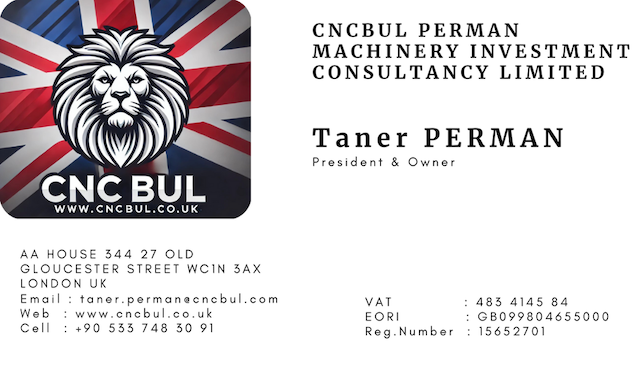What is Automation System?
Automation systems are systems that are designed to control and monitor various processes, equipment, and machinery in a manufacturing or industrial setting, often with minimal human intervention. Automation systems can include hardware, software, and various sensors and actuators that are integrated to achieve the desired level of automation.
The main purpose of automation systems is to improve the efficiency, productivity, and quality of a manufacturing process, by automating repetitive or hazardous tasks, and by providing real-time monitoring and control of the process.
There are different types of automation systems depending on the level of automation and complexity. Some examples include:
- PLC (Programmable Logic Controller) based systems: which are used for simple automation tasks such as controlling the movement of a machine or monitoring sensors.
- SCADA (Supervisory Control and Data Acquisition) systems: which are used for monitoring and control of large-scale industrial processes such as power plants, water treatment facilities and manufacturing lines.
- Robotics systems: which includes the use of robots to perform tasks such as welding, painting, and assembly.
- DCS (Distributed Control System): Which are used to control complex processes such as chemical plants, power plants and paper mills.
- CNC (Computer Numerical Control) systems: which are used to control the movement of machines such as lathes, mills, and routers.
The overall benefits of automation systems include increased production speed, improved product quality, increased safety, and reduced labor costs. Additionally, automation systems can also help to increase the flexibility of the manufacturing process, allowing for the easy changes to production schedules and the ability to quickly respond to changing market conditions.

